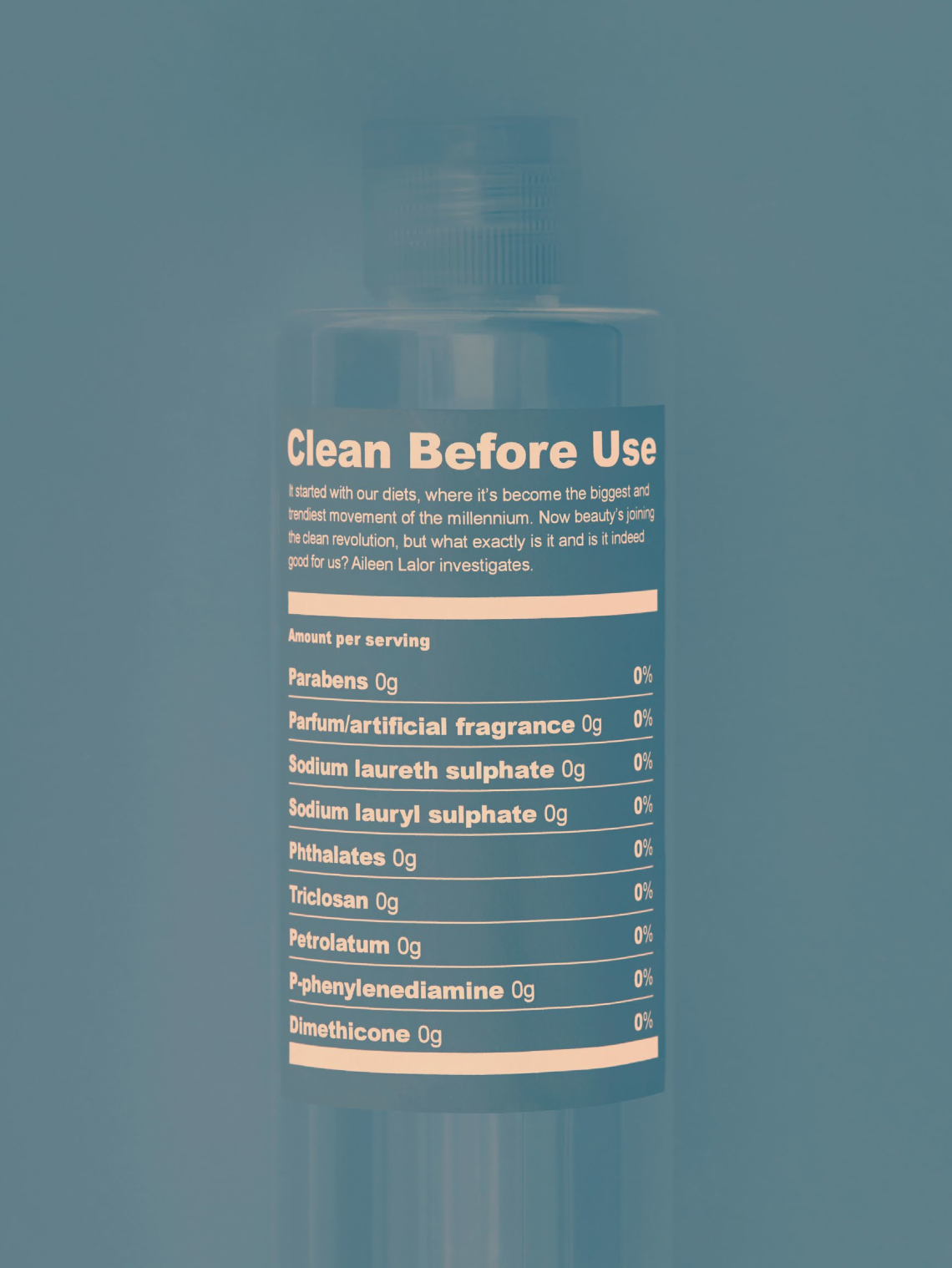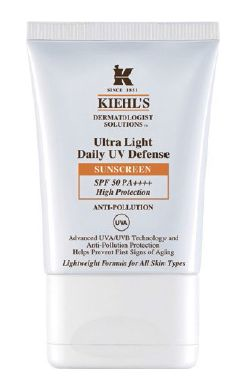Millennials don’t really trust anyone, according to research conducted in the US by Harvard University. They’re especially suspicious of big businesses and, with all the knowledge in the world available to them online, they’ll meticulously research any purchase long before they make it.



Millennials don’t really trust anyone, according to research conducted in the US by Harvard University. They’re especially suspicious of big businesses and, with all the knowledge in the world available to them online, they’ll meticulously research any purchase long before they make it. This, coupled with the movement towards self-care and green living, is fuelling people’s love of everything clean and conscious – first with food; and now, beauty. As Cissy Chen, founder of local clean beauty brand Frank Skincare puts it: “Information is now so readily available, and we empower ourselves to make more conscious life choices, rather than buying blindly into brands.”
In the mid-noughties, a number of studies made connections between common beauty additives and serious health problems. The US is famously permissive about what can be used in cosmetics (just 11 ingredients are banned, compared to over 1,000 in the EU and Asean countries, including Singapore). Consumers there began to take notice of this, and became concerned about what exactly was in their products. They sought alternatives that contained only simple ingredients, but found very few.
Most were unsatisfactory – they looked bad, smelt bad, or just didn’t work. So, people began to make their own makeup, skincare, body care and haircare products without suspicious ingredients. They were mostly botanical based, but there was no compromise in quality, efficacy or good looks: brands like Tata Harper, Vintner’s Daughter, Beautycounter and RMS Beauty are luxe, expensive, and work as well as their mainstream counterparts. Initially, their makers used terms like green, ecofriendly, organic, non-toxic or natural. But none of those encompassed the ethos of the movement: that products should contain only ingredients that are nourishing for the skin and be free from anything that might potentially cause harm, and that brands should be transparent and clear in their labelling.
Then, a couple of years ago, the term “clean” started to be used – linked to the eating movement of the same name, and popularised by the queen of clean, Gwyneth Paltrow, on her lifestyle website Goop. It was a marketer’s dream: “natural” and “healthy” are safe and dull. “Clean” is sexy, evocative of freshness, radiance and youth – like clean beauty fans Gisele Bundchen, Miranda Kerr, and Blake Lively.
Parabens, a commonly used preservative, have been linked to certain cancers and fertility problems, though studies are inconclusive. It’s been suggested that sulphates – the foaming agents used in products like cleansers and shampoos – can cause cancer, though Dr Ivan Tan, founder of medical aesthetic clinic Nu Reflections, says that’s a myth and that the main problem associated with them is skin irritation.
Phthalates (say “thalates”) have also been linked to cancer and fertility problems, though many of them are banned in Asean countries. Permitted phthalates can sneak into products without appearing on the label because they fall under the category of parfum or artificial fragrance. Other ingredients that are legal here, but have caused concerns, include the ones listed on the opposite page, as well as formaldehyde, mineral oil, plus chemical sunscreens like oxybenzone and avobenzone.
Clean beauty is big business – already worth billions and set to balloon in the next decade. It’s not just a US trend either. Sharon Tay, who co-owns multi-brand clean retailer The Naturally Better Company (Singapore’s first eco-luxury boutique) with her sister Joyce Tay, says she’s noticed a gradual upswing in interest. Lynsey Lim, founder of local brand, Handmade Heroes, attributes this to Instagram and other social media.
Still, the movement does have its detractors. Top makeup artist, Larry Yeo, who studied cosmetic science at Singapore Polytechnic, points out that some of the most maligned ingredients have legitimate benefits. “For example, I love parabens in cosmetic products,” he says. “You need very little, and they are amazingly stable in heat, help prolong shelf life and safety, and protect against bacteria, yeast and fungi.”
Dr Tan points out that whatever the controversies about ingredients, our strict health authorities have deemed them safe, and substituting them has knock-on effects, not least on price. Preservatives like parabens are cheap, and if they’re replaced with less effective substitutes, products must be bought more frequently because of their shorter shelf life. Then there’s the fact that the dose makes the poison – these ingredients may be toxic or damaging in certain forms, at high concentrations or with extended exposure, but harmless with normal cosmetic use. And Yeo points out that commonly cited clean beauty sites, such as the Environmental Working Group, might have their own agendas and biases.
Nonetheless, our appetite continues to grow as the range of products balloons. Besides US labels, we now have homegrown ones like Handmade Heroes and Frank Skincare, as well as Korean clean skincare courtesy of online retailer Evening Island. Brands that have always had preservative-free products, such as Fancl, are finding a new audience. And mainstream skincare is getting on board too – recently, Kiehl’s launched a parabenfree version of its classic Ultra Light Daily UV Defense, while Lancome’s new Tone Up cream is free from parabens, mineral oils and silicones.
Even our cleaning products are getting cleaner: The Naturally Better Company and Bud Cosmetics sell products like laundry detergent and dish soap. As far as gaining the trust of millennials goes, being upfront works. Kelsey Klassen, a 30something writer and brand manager, sums it up: “I just want transparency – full ingredients lists, whether they or any suppliers test on animals... Then, I’m not relying on fear, rumour and dodgy ‘anti’ websites to make my buying decisions.”

Kiehl’s Ultra Light Daily UV Defense SPF50/ PA++++ (from $56) is oil- and fragrance-free, and now also free from parabens.

Caudalie Fleur De Vigne Instant Foaming Cleanser (from $16, Sephora) is 99 per cent natural, and free from parabens, phthalates and sulphates.

Coat nail polish ($25, www.coatcolours.com) is free from eight (potentially) harmful ingredients including parabens, formaldehyde and toluene.

May Lindstrom Skin The Pendulum Potion ($113, The Naturally Better Company) only contains organic and wild-grown ingredients.

RMS Beauty Lip2Cheek in Spell ($58, The Naturally Better Company) is made from raw food-grade ingredients.

Juice Beauty Phyto-Pigments Flawless Serum Foundation ($70, Bud Cosmetics) has no phthalates, parabens, sulphates or artificial fragrances.

Josh Rosebrook Nutrient Day Cream SPF30 ($78, www.frankskincare.com) has only mineral, not chemical, sunscreens.

Fancl MCO Mild Cleansing Oil ($30) is free from preservatives, mineral oils, fragrances and artificial colourings.

Frank Skincare Juicier Luxury Face Oil ($58, www.frankskincare.com) is 100 per cent organic.
Photography Vee Chin Art Direction Adeline Eng























